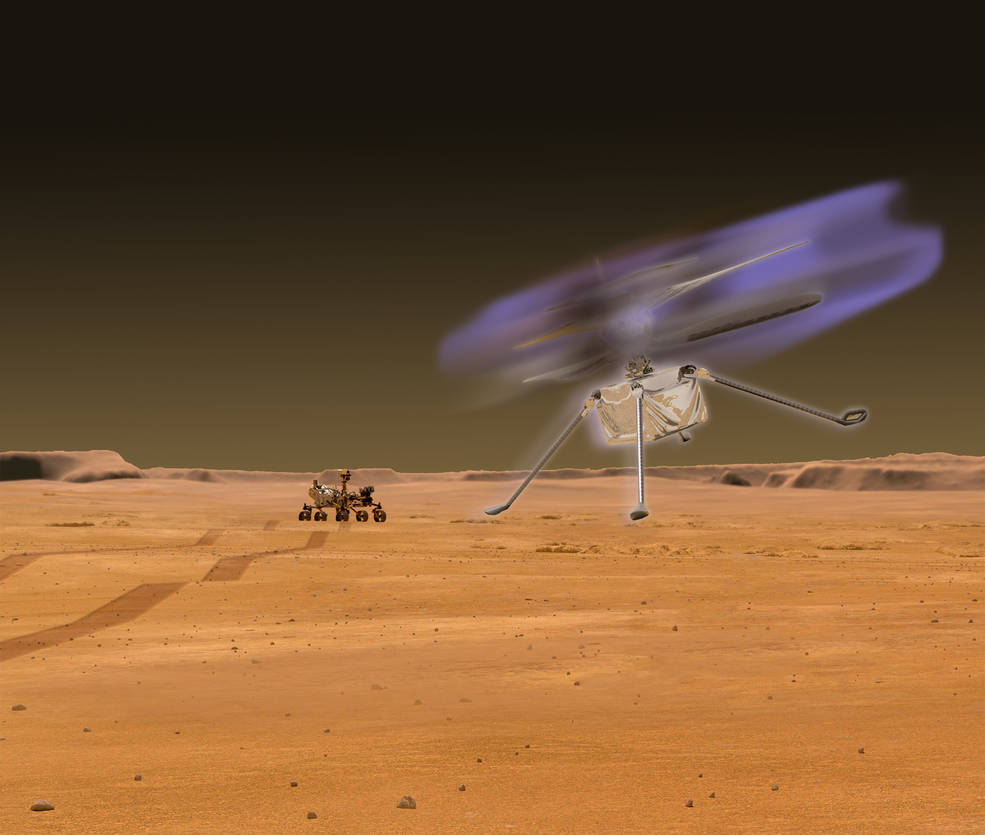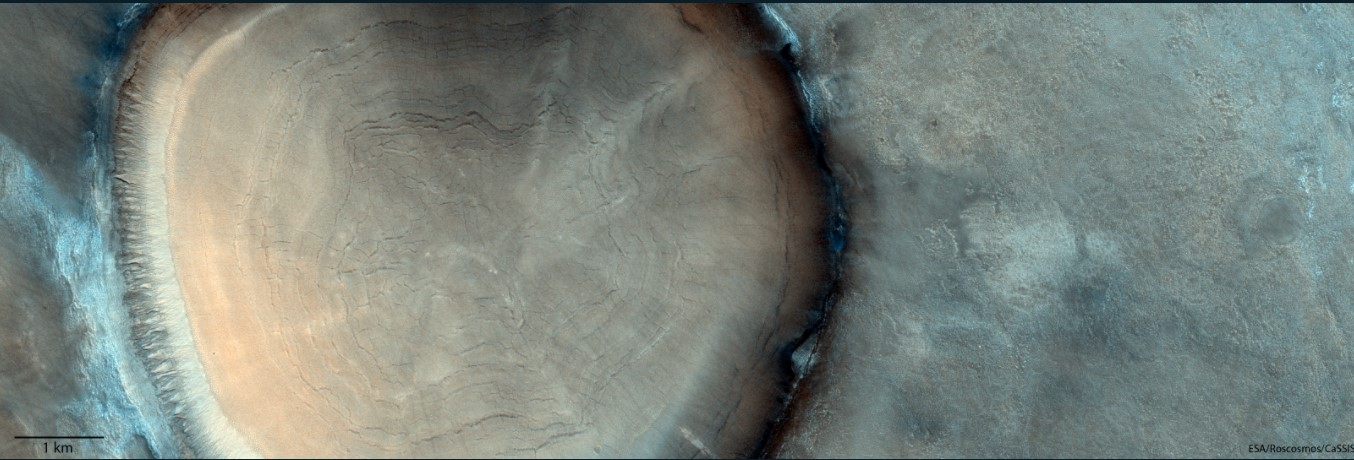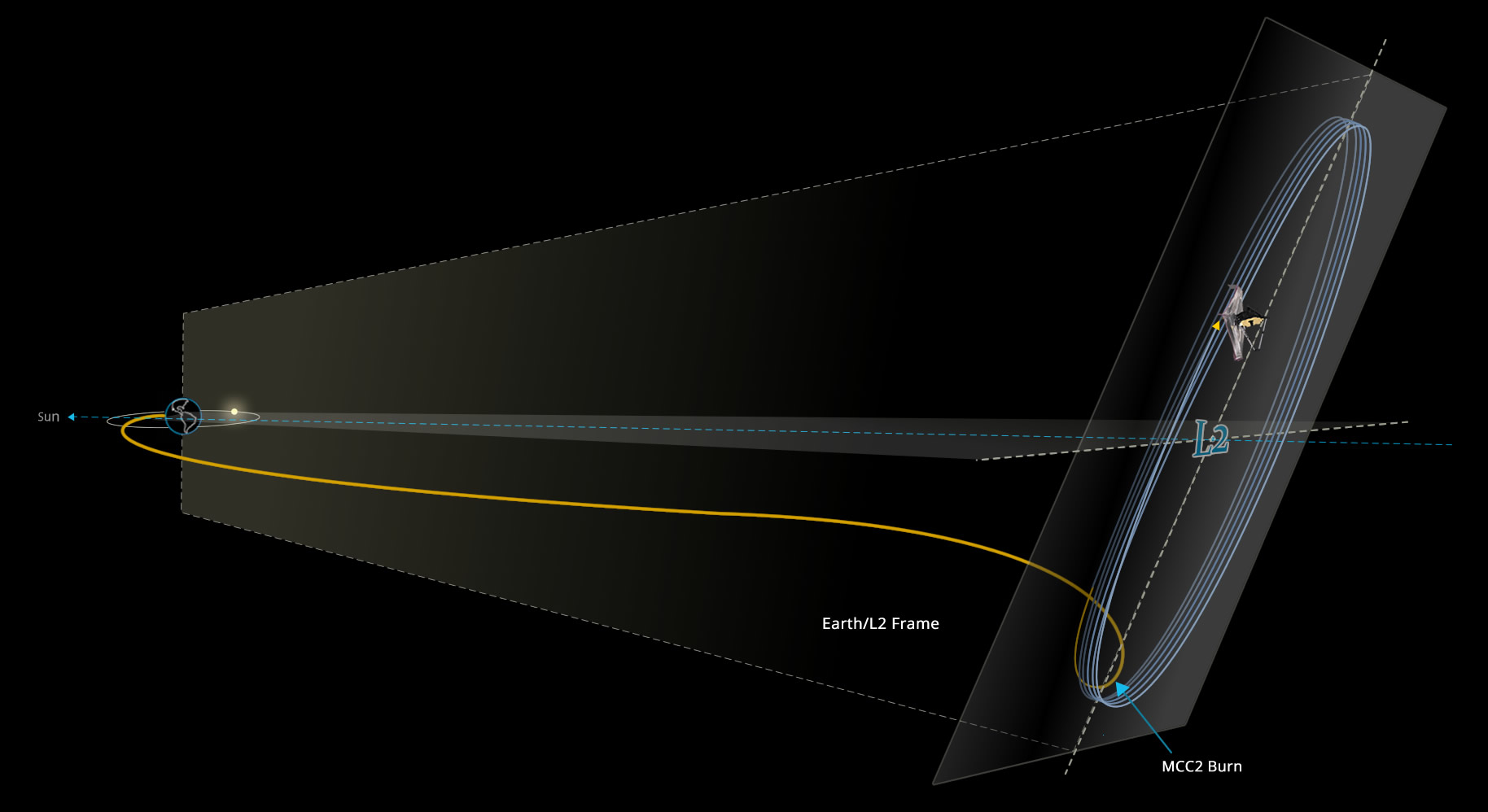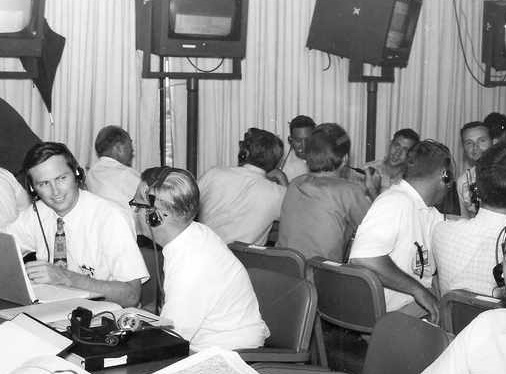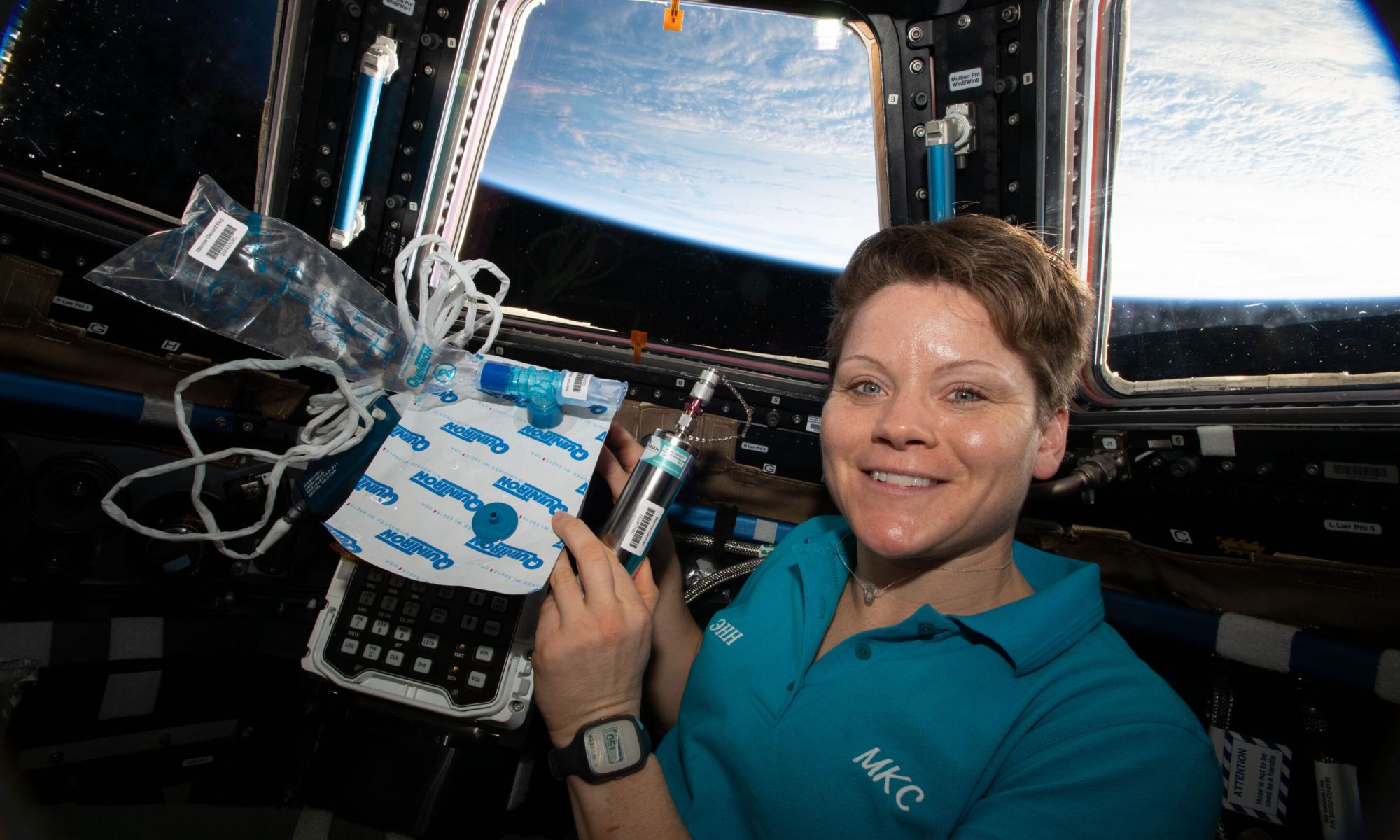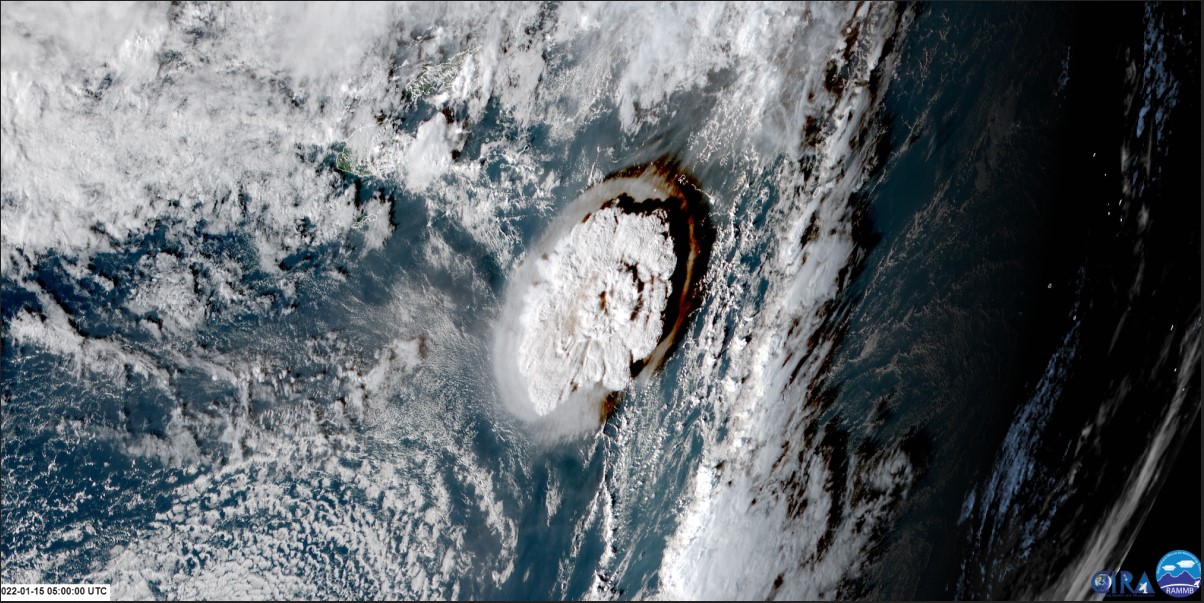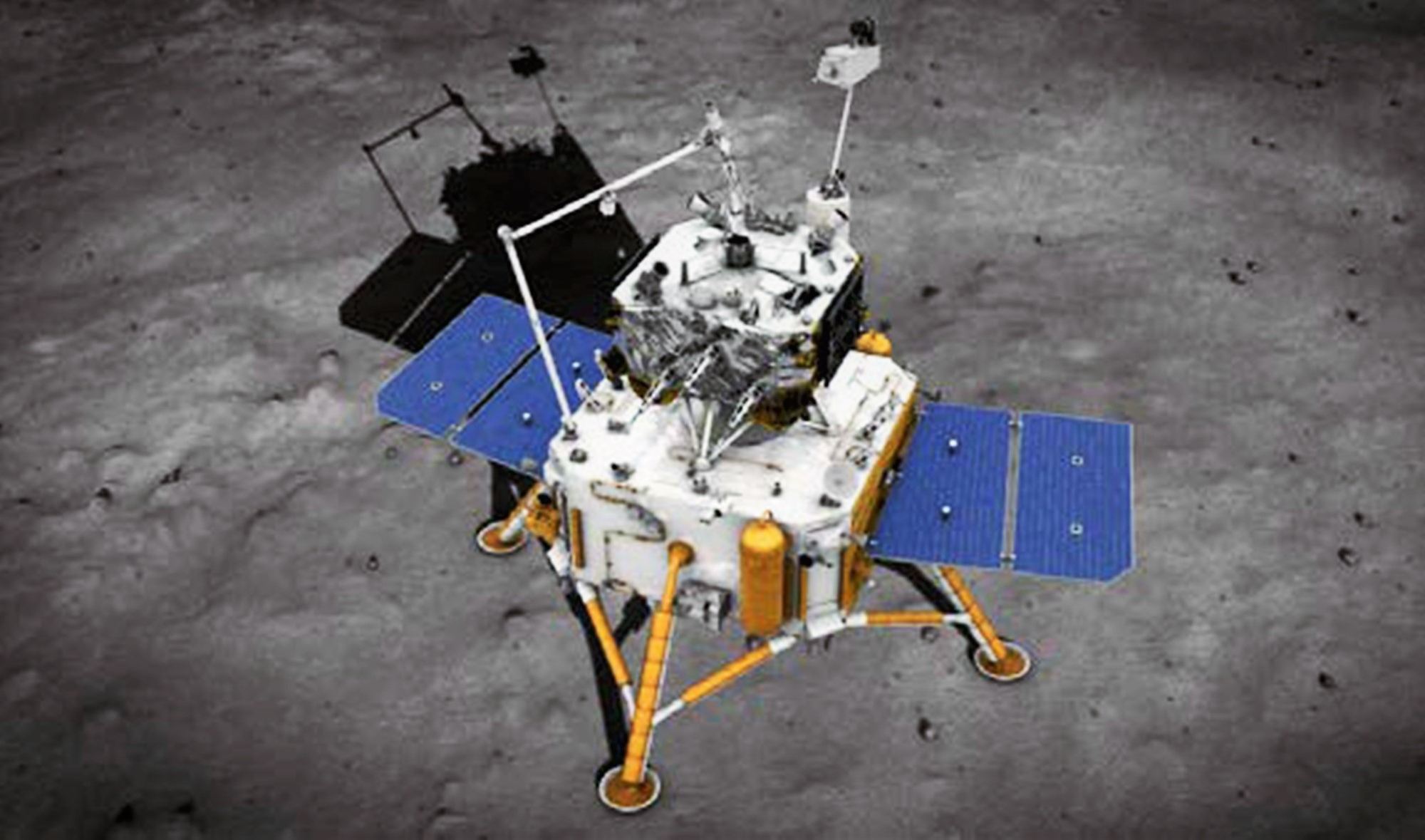If the Ingenuity helicopter would fly at night on Mars, its very possible the whirring rotors would create enough static electricity in the extremely dry Martian atmosphere to cause the air around the craft to glow.
“The faint glow would be most visible during evening hours when the background sky is darker,” said William Farrell, from Goddard Space Flight Center and lead author of a paper on this topic. “NASA’s experimental Ingenuity helicopter does not fly during this time, but future drones could be cleared for evening flight and look for this glow.”
Continue reading “Glowing Helicopters on Mars”
